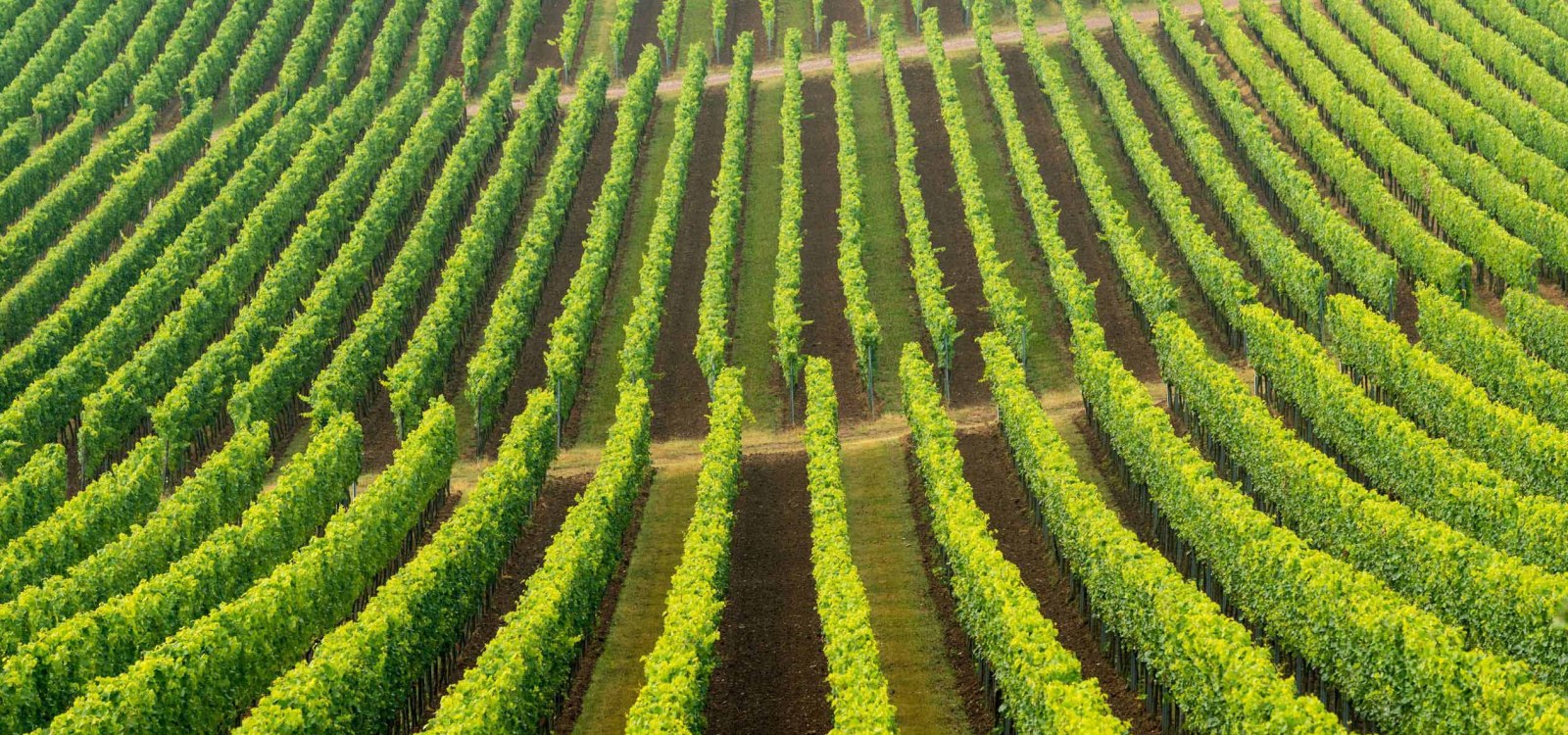
searchMenu



Geographical center of Rheinhessen Where is the center of Rheinhessen? Somewhere in Alzey! Almost. Since 2007 we know it exactly: The geographical center is in Gabsheim in a corridor, which has the old beautiful name "An des Adams Apfelbaum". Tables, benches and information boards invite you to take a break and enjoy the view. The single vineyard Gabsheimer Rosengarten is - unusually - not a contiguous area, but rather fragmentary. The name Rosengarten could refer to a natural growth. However, the name often points to early medieval…

As valuable as gold: mineral Rieslings No, you cannot mine for gold here. Unless you are a winegrower. Because the vines from this single vineyard produce great wines. The name does not actually refer to a precious metal, but to the general appreciation of the soil. Heavy, sandy loam soils mix with lime marl and calcareous clay. This gives the Riesling in particular an unmistakable minerality and tension. In October, the people of Gau-Algesheim invite you to the "Fest des Jungen Weines" (engl. Festival of young wine”) on the market…

Cheers, neighbours! With plenty of wines Across the river Rhein from Gau-Algesheim lies the former Benedictine monastery of Johannisberg in Rheingau. The basilica is dedicated to "John the Baptist". The monks owned vineyards in what is now Gau-Algesheim and also named the single vineyard site after their patron saint. The soils of the single vineyard site are diverse: from very chalky marl soils to very fertile loess soils. Fine fruity white wines such as Riesling, Pinot Blanc and Pinot Gris, Chardonnay, Kerner and fruity rosé…

The naming of this location indicates an old clearing area.

Oh holy Laurentius, give us filigree Rieslings This single vineyard is located directly below the St. Laurenzi Chapel between the villages of Appenheim, Dromersheim or Ockenheim. At the top of the hill is the small village of Laurenziberg and the nationally important pilgrimage church of St. Laurentius, named after a saint. The baroque church was built between 1707 and 1717, on the foundations of an Iro-Scottish chapel from the late 6th or early 7th century. The vines grow on a limestone base, overlaid with clay marl and clayey loess loam.…

Stony, sandy and warm - for red and late-ripening white wines To the left and right of the town: the single vineyard Steinert flanks Gau-Algesheim towards the northern foothills of Westerberg and Ockenheim. The site was first mentioned in a document in 1303 with the name "amme Steynwingarten" and refers to the quality of the soil. The limestone weathered soil with a high sand content warms up quickly. This is ideal for red wines and late-ripening white wine varieties. Hikers can easily discover the vineyard on the Bismarck Tower Hiking Tour.…

The picturesque chapel surrounded by vines It is one of the landmarks of Rheinhessen: the Chapel of the Cross in Gau Bickelheim, surrounded by vines. With its red-tiled roof and warm sandstone walls, it really shines out. The single vineyard is named after the place of worship. The "Oberschultheiss Johann Jakob Hees zu Gau-Böckelheim" donated half of his precious vineyard in 1755 for the construction of the chapel. Various grape varieties grow on clay marl and limestone. Fourteen Stations of the Cross line the path from the village to…

Ring, ring, clang - Let the bells and glasses ring! In any case, we are talking about church bells. The location was first mentioned in a document in 1401 with the name "an dem glockinberge". Supposedly, the name is based on the fact that the yield of the site was to be given to the bell-ringer of the time. The bell-ringer used to be responsible for pulling the bell ropes. Today this is done mechanically. In the single vineyard, you can actually hear the chimes of the surrounding villages - how fitting. The soil here consists of light loess…

The name refers to either a wine cellar, a potato and beet rental in the midst of vineyards or on old settlement remains.

The Lords and Vines of Heppenheim Gau-Heppenheim may not have had a castle, but it certainly had a fortress. An inscription from 1609 in Schlossgasse 4 still reminds of the castle, which was completely destroyed by lightning and fire in 1766. The place was the ancestral seat of the Lords of Heppenheim, called "vom Saal". The name of the site is based on the old castle property of these lords of Heppenheim. The soil, limestone and marl, is deep and rich in water. Many grape varieties feel at home here. Hikers are recommended to follow the 2.3…
Rheinhessenwein e.V.
Otto-Lilienthal-Straße 4
55232 Alzey
E-Mail: info@rheinhessenwein.deRheinhessenwein e.V.
Otto-Lilienthal-Straße 4
55232 Alzey
E-Mail: info@rheinhessenwein.de